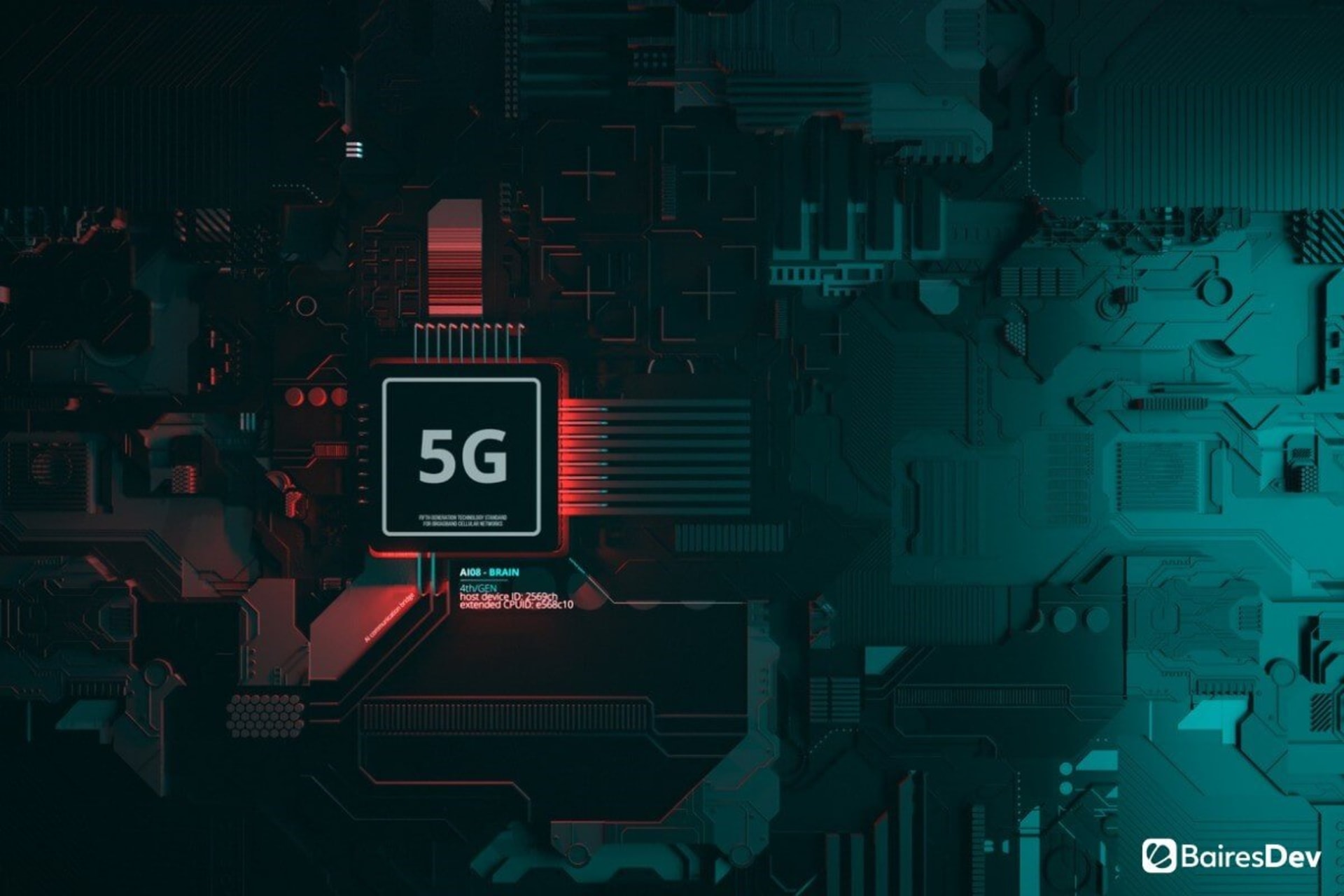Many businesses have been anxiously awaiting the availability of 5G networks, and for good reasons. For companies that rely on big data for operations and analytics, 5G will enable them to process it much more quickly and efficiently. These networks will also enable organizations to increase the number of connected devices, setting the stage for a boom in Internet of Things (IoT) capabilities. Improvements in video and remote technology will enable enterprises to enhance remote and hybrid work.
According to the U.S. Federal Communications Commission (FCC), “Powerful advances in connectivity made possible through 5G will enable uses ranging from telemedicine to helping communities manage local resources such as traffic signals and water supplies…. Other potential applications include augmented reality, virtual reality, and self-driving cars.” The following video explains why 5G is so much more powerful than 4G:
But business leaders should know that the transition to 5G won’t just happen, and it won’t happen overnight. Companies must plan ahead and ensure they’re prepared for a gradual rollout and for potential delays along the way. In the sections below, we discuss areas for IT leaders to consider as they make their 5G plans.
Capabilities
Because 5G can support so many different types of initiatives, companies would be wise to start the transition with a close look at key business needs, especially customer requirements. This process will help integrators know where to direct the transition. For example:
- Companies that use automation should focus their efforts on supporting artificial intelligence (AI).
- Those that rely heavily on data analytics should ensure their analytics tools are up to date.
- Enterprises that send field workers and technicians out can focus on the ability to quickly transfer data and control machinery from afar.
- Organizations that suffer from downtime should ensure 5G is supporting a higher level of connectivity.
- Businesses that rely on remote or hybrid work should ensure compatibility with current platforms and productivity applications.
- Enterprises that depend on cloud services can begin to make even greater use of them, given that these offerings will also benefit from the 5G boost. This component is especially important for remote workers, as mentioned above.
Two more angles for figuring out an appropriate direction for 5G deployment are to determine which areas will yield the highest ROI, and which parts of the company generate the most data. These areas are good bets for creating 5G support.
Compatibility
Because 5G equipment is expensive, many companies should plan to implement a phased transition in which 4G and 5G are both used. It is not necessary to choose between the two. According to networking technology provider Cradlepoint, “By purchasing a 5G router that can facilitate [E-UTRAN New Radio – Dual Connectivity, or ENDC], businesses are thoughtfully preparing themselves for the rollout of 5G while utilizing available LTE networks in the meantime.” In these cases, any 5G equipment must be compatible with existing 4G technology.
Additionally, states networking technology provider Lightyear, “5G is growing in popularity as a backup internet connectivity option, especially for your less mission-critical network nodes such as branch offices and retail locations.” Businesses that want to try this method must balance the advantages, such as time savings, with the disadvantages, such as greater expense.
Setting Expectations
IT leaders should inform other company heads what to expect. For example, initially, the speed of 5G may be tampered with by interference issues, so it’s important to communicate what’s happening, including a timeline, and what integrators plan to do about it, such as using high-performance radio frequency (RF) filters, which prevent unwanted signals from entering the radio spectrum and protect network bandwidth, improving 5G performance.
Security is another area in which IT team members must set expectations among company leadership. The ability to support many more IoT devices will lead to an expansion in this technology and an increase in attack surfaces, resulting in a rise in attacks. In this way, entire enterprise networks can be exposed to greater risk. To address this issue, integrators must begin to think differently and educate leaders about alternative security configurations, which may impact other company operations.
Employees must also be informed about the changes 5G will bring. Forbes explains, “Your people need to understand what 5G is, how it can support business goals, and how it can enhance collaboration and communication. With the right education, teams can be more alert to the ways 5G can positively impact the business.” IT leaders should communicate with employees to ensure needed systems are compatible with the new technology.
Additionally, consumer-facing companies should let customers know what to expect. 5G won’t roll out instantly — rather, it will be incremental. Therefore, customers won’t see the full advantages of 5G immediately. While some of the considerations mentioned above require company leadership and IT input, this one is for the sales and marketing professionals, who can share with customers what’s to come and when, and introduce new products and services made possible by 5G.
Develop a Roadmap
The best way to ensure a smooth 5G transition is to develop a roadmap that includes the following elements:
- Areas of focus, as described in the Capabilities section.
- A timeline for each stage of deployment and a description of what will happen during each one.
- Assignments for who is responsible for each phase.
- A budget for new equipment needing to be purchased and the timing for when it will be acquired.
- Potential pitfalls to watch for at each phase.
- Changes that might need to be made in service delivery once each step is completed.
Part of the roadmap for smaller companies should also include robust partnerships to help with implementation. ZDNet suggests, “Look for a partner that can help you manage your devices and your connections as your business grows and your employee’s requirements change.”







